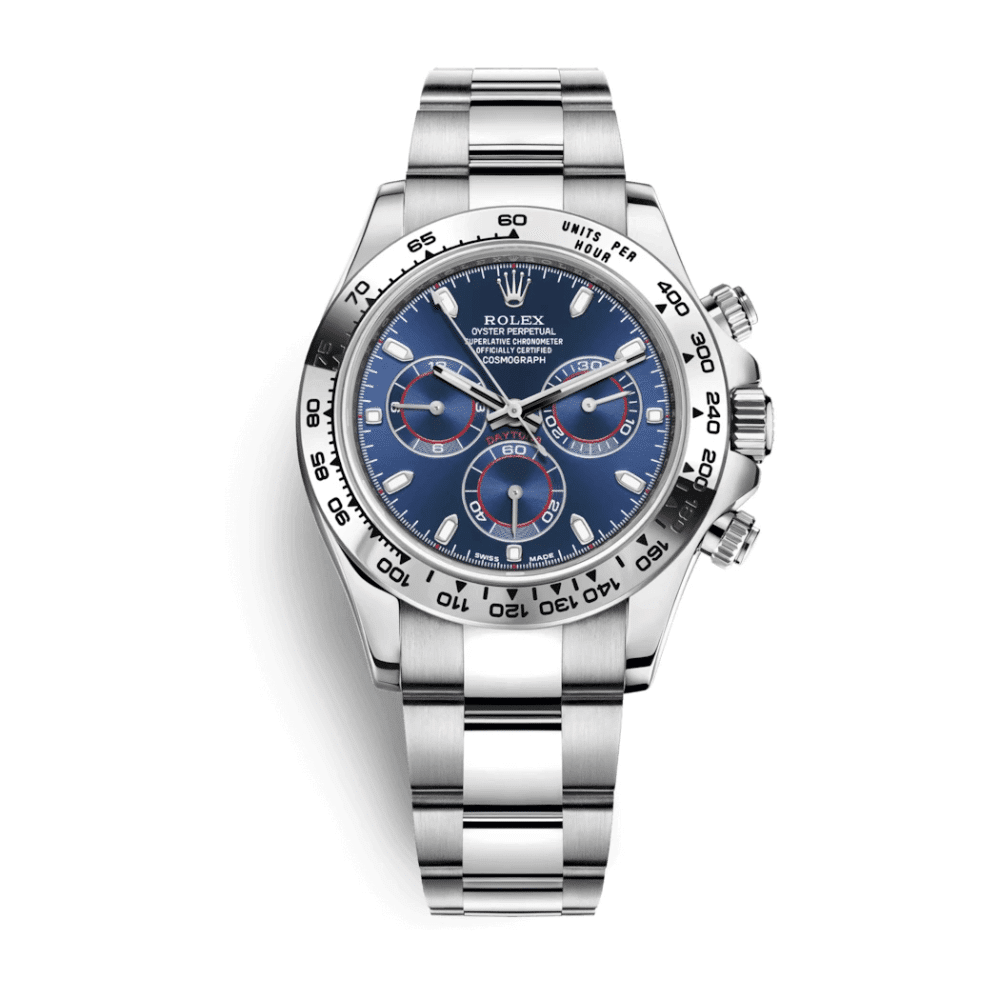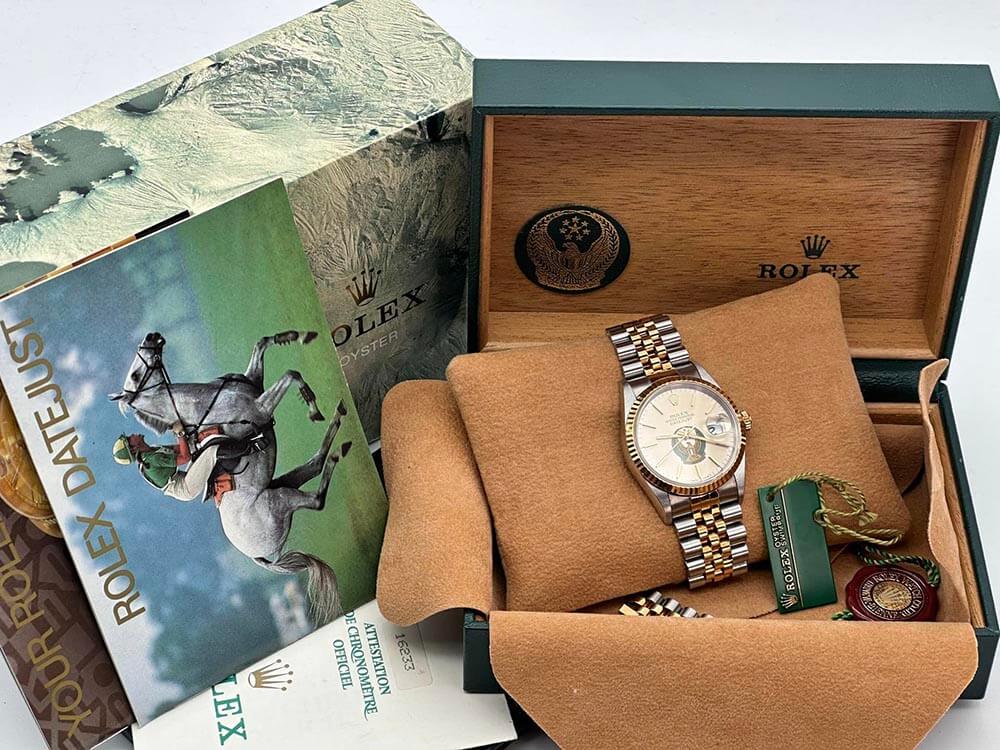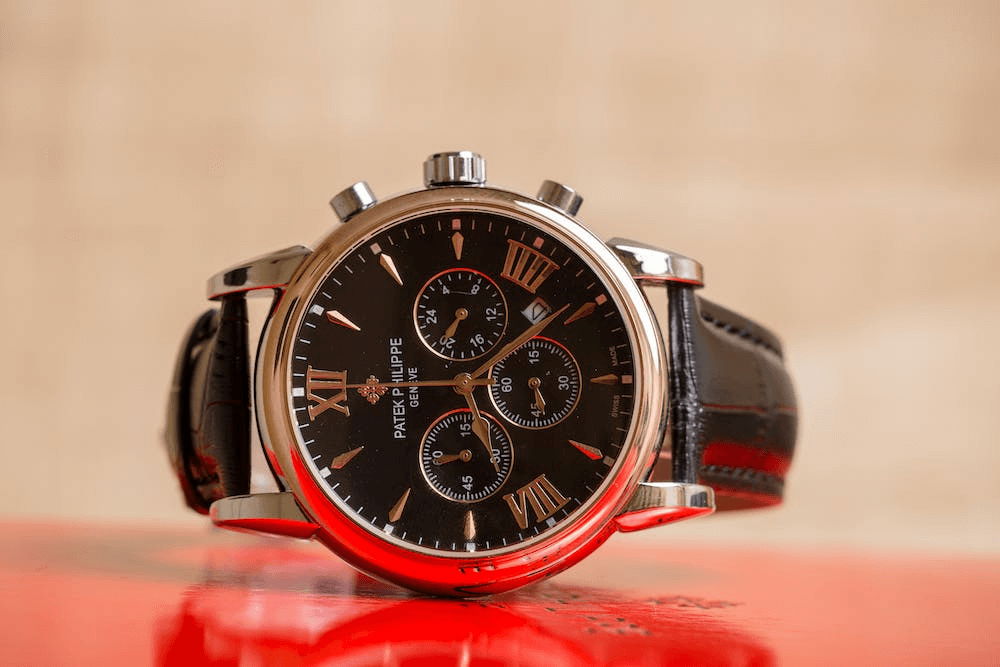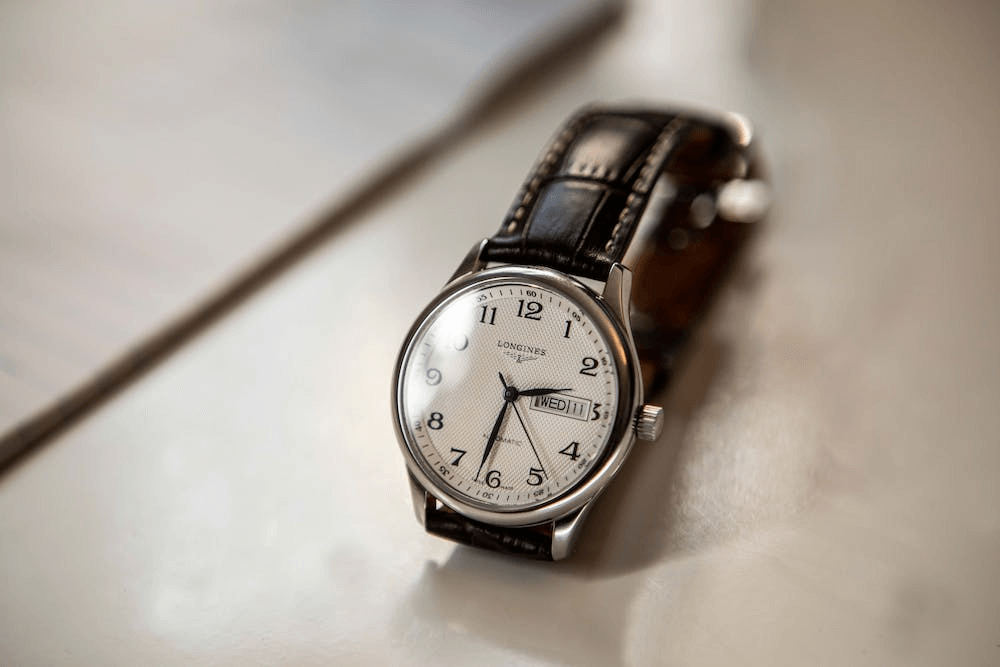In January, at an awards ceremony in Zurich modeled on the Oscars and televised in prime time throughout Switzerland, the first-ever SwissAward for Lifetime Achievement was presented to Nicolas G. Hayek, Sr. chairman of the Swatch Group. The SwissAward is Switzerland’s highest civic honor. Honorees are selected by a vote of a 100-member academy of prominent Swiss citizens from diverse fields.
Hayek was hailed as the father of Swatch, the founder of the Swatch Group, and the savior of the Swiss watch industry. A former president of Switzerland, Adolph Ogi, presented the award to Hayek, praising him as “a rebel reformer, an intuitive artist, an industrialist who never forgot the joy of the game”.
Normally it’s a safe bet to bestow lifetime achievement honors on a 79-year-old multi-billionaire who single-handedly turned himself into the most powerful individual in the watch world. But at the risk of sounding churlish (or worse, insane), I suggest that the award may be premature. That’s because, unlike most rich, near-octogenarian industial barons, Hayek is still hard at work. He holds three jobs: besides being chairman of the world’s largest watch group and advisor (or. As he calls it, “coach”) to the Swatch brand, he is CEO of Montres Breguet S.A. There he is engaged on what some argue will ultimately be his greatest achievement – the revival of the company founded by one of the greatest watchmakers of all time, Abraham-Louis Breguet.
In September 1999, Hayek surprised the watch world with the announcement that the Swatch Group had acquired the Breguet firm and Nouvelle Lemania, the movement manufacturer, from Investcorp, a Bahrain-based investment company.
Montres Breguet S.A. Is the successor to the firm that Abraham-Louis Breguet established in Paris in 1775. Neuchâtel-born Breguet was a watchmaking genius, a rare combination of master watchmaker, master designer and master marketer. The firm flourished under him and his successors, son Antoine-Louis and grandson Louis-Clement. You can summarize the 224-year history of the firm that the Swatch Group acquired in one phrase a brilliant first century (from 1775 to 1870, when the firm fell out of the family hands) followed by a lackluster second one. From 1870 to 1970 the firm was owned and operated by a British watchmaker, Edward Brown, who was head of the Breguet workshop, and his descendants. In 1970, the Brown family sold Breguet to the Paris jeweler, Chaumet, which sold it to Investcorp in 1987. For most of the 20th century the Breguet firm produced fewer than 1,000 pieces annually. The firm was chronically under-capitalized and, at best, a bit player in the watch world.
Nevertheless, the Swatch Group acquisition set off a frenzy of hand-wringing in watch circles about the fate that would befall this precious gem of a brand in Hayek’s hands. Hayek gained Swiss immortality in the 1980s when, as the country’s top industrial consultant, he revived Swiss watchmaking by championing the revolutionary plastic quartz Swatch watch, which earned him the moniker Mr. Swatch, and by creating the SMH Group, known now as the Swatch Group. What, watch purists fretted aloud, could and uber-industrialist like Mr. Swatch possibly know about developing a precious luxury brand like Breguet?
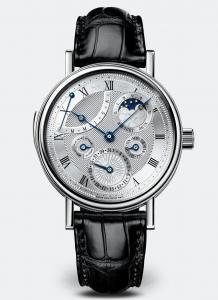
Becoming Mr. Breguet
Quite a bit, it turns out. In the seven years since the takeover Hayek has orchestrated the greatest revival of interest in Breguet watches since the death of the founder in 1823. Hayek has transformed Montres Breguet. For the first time in 150 years, the firm is once again a luxury watch powerhouse.
Truth be told, the so-called gem that Hayek purchased had some prominent flaws, the result of years of neglect under Chaumet and Investcorp. Investcorp’s Breguet paid scant attention to the spirit of the founder. Breguet was positioned essentially as a sports watch; its leader model was the Type XX chronograph, a pilots watch introduced in the 1950s. All told, the company sold about 4,000 watches a year, many of them through gray-market channels, for total annual sales of around 40 million Swiss francs.
Hayek quickly fired the Investcorp-installed management, named himself CEO, and devised an ambitious, and expensive, strategy to reposition the Breguet firm at the pinnacle of the Swiss watch pyramid. Seven years on, the results are astonishing. Breguet annual watch production has increased five-fold; last year it reached 22,000 pieces and could hit the 30,000 mark this year, Hayek says. Sales have incresed by a factor of 10 to 400 million Swiss francs ($333 million). Backed by the powerful Swatch Group, whose 2006 revenues exceeded SF5 billion Swiss francs ($4.2 billion), Hayek initiated a capital infusion program that is the envy of the industry. Today Montres Breguet employs 650 people. More than 400 of them work in the expanded Manufacture Breguet that Hayek created out of the former Nouvelle Lemania factory in L’Orient in the Vallee de Joux, a few miles down the road from Breguet headquarters on the shores of Lac de Joux in L’Abbaye.
Hayek brought Breguet back by moving on a number of fronts. In management, he created a huband- spoke structure, surrounding himself with a team of talanted, ambitious young people devoted to reviving Breguet and reporting directly to him. The marketing emphasized Breguet’s unique position in watch history and European culture with ads noting the historical luminaries (Marie Antoinette, Napoleon, Churchill, etc.) who wore Breguet watches and the famous writers (Pushkin, Balzac, etc.) who mentioned them in their works. Hayek took advantage of the Swatch Group’s global distribution network to set up subsidiaries in major markets with acces to top retail shops. Breguet also opened its own boutigues. Today Breguet is sold in around 480 shops worldwide, including nine Breguet boutiques (four more boutigues are on the way). Hayek underscored Breguet’s prestige by spending SF10 million per year buying original Breguet watches at auctions around the world to display in a new Breguet Museum he opened in the Breguet shop on Place Vendome in Paris. However, the most dramatic and important changes came, and continue to come, in Montres Breguet’s product line and its production facility.



